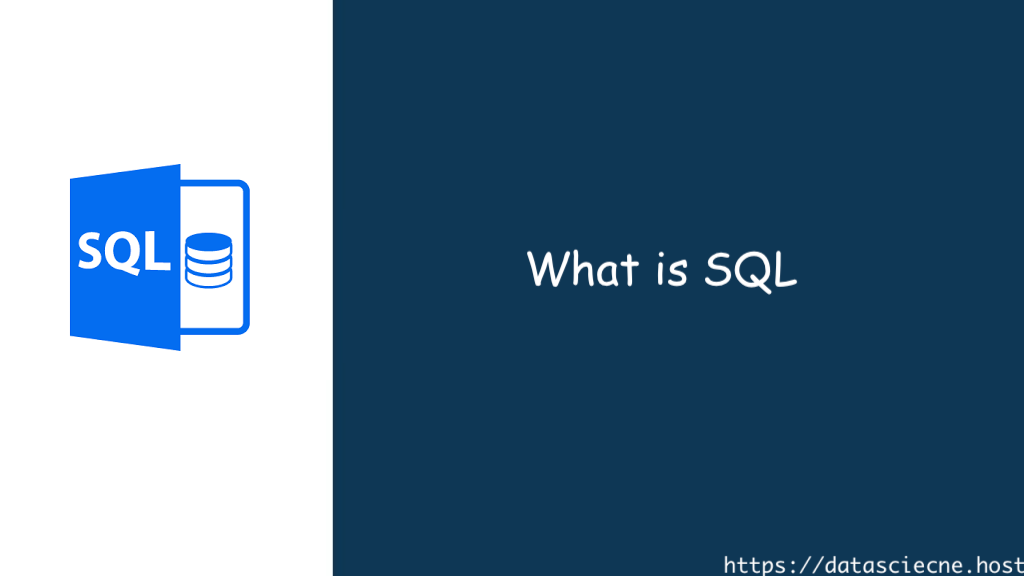SQL injection (SQLi) reigns supreme as a malicious threat. This article delves into a specific type of SQLi attack – CREATE USE CAST Injection. By understanding its mechanics, you can fortify your database defenses and safeguard your valuable data.
But First, What is SQL?
SQL (Structured Query Language) serves as the cornerstone for interacting with relational databases. It allows you to create, manipulate, and retrieve data stored in these databases. Imagine SQL as a powerful toolkit for organizing, managing, and extracting information from your data repositories.
Setting the Stage: The CREATE Table Statement
A fundamental task in SQL involves creating tables to store data. The CREATE TABLE statement is used for this purpose, defining the structure of the table with columns and their data types. For instance, the following statement creates a table named customers with columns for id (integer), name (text), and email (text):
CREATE TABLE customers (
id INTEGER PRIMARY KEY,
name TEXT,
email TEXT
);
How SQLi Attacks Exploit Vulnerabilities
SQLi attacks manipulate user-provided input to inject malicious SQL code into database queries. Imagine a web application where users can submit data (e.g., search queries, login credentials). If this input isn’t properly sanitise, an attacker can craft it to execute unintended SQL statements on the database server.
Understanding CREATE USE CAST Injection
CREATE USE CAST injection is a specific type of SQLi attack that leverages the CREATE statement, the USE statement to switch databases, and the CAST function for data type conversion. Here’s a breakdown of its components:
- CREATE: The attacker injects code that attempts to create a new object (e.g., a table or user) within the database.
- USE: The injected code might also include a
USEstatement to switch to a different database on the server, potentially one with more sensitive data. - CAST: The
CASTfunction is often used to manipulate data types, allowing the attacker to bypass security filters.
Example Scenario: Infiltrating a Customer Database
Imagine a web application with a search bar where users can search for products. An attacker might submit a search query like this:
SQL
' OR 1=1; CREATE TABLE stolen_data (id INTEGER, credit_card_info TEXT); USE master; CAST('attacker_script' AS VARCHAR(255)); --
This seemingly innocuous search query actually injects malicious code:
' OR 1=1;: This bypasses security filters as1=1is always true, allowing the rest of the code to execute.CREATE TABLE stolen_data (id INTEGER, credit_card_info TEXT);: This attempts to create a new table namedstolen_datato store stolen information.USE master;: This tries to switch to themasterdatabase, which might hold more sensitive data like administrator accounts.CAST('attacker_script' AS VARCHAR(255));: This injects an attacker script (potentially to steal data) and casts it as a valid data type to bypass filters.--: This denotes the end of the SQL comment, anything following is ignored, so the remaining text appears as a harmless comment.
How to Prevent Create USE CAST Injection?
Fortunately, you can defend your database against CREATE USE CAST injection and other SQLi attacks:
- Input Validation and Sanitization: Rigorously validate and sanitize all user input before incorporating it into SQL queries. This involves removing potentially malicious characters or filtering out unexpected data types.
- Parameterized Queries: Utilize parameterize queries where placeholders are used for user input instead of directly embedding it into the SQL statement. This approach clearly separates data from code, preventing malicious code injection.
- Stored Procedures: Consider using stored procedures for frequently executed queries. These pre-compiled procedures offer an extra layer of security as the actual SQL code is stored on the server and not directly exposed in the application.
- Regular Database Audits and Security Updates: Conduct regular security audits of your database to identify vulnerabilities and ensure you’re using the latest secure versions of database software.
By implementing these practices, you can create robust defenses against SQLi attacks and ensure the integrity and security of your valuable data. Remember, vigilance is key in the ever-evolving landscape of cyber threats.
Utilizing SQL in Python
The power of SQL doesn’t stop at database management systems. Libraries like psycopg2 enable you to interact with databases from Python programs. This allows you to leverage the power of Python for tasks like:
- Automating Database Tasks: Python scripts can automate repetitive database operations, improving efficiency.
- Data Analysis: Extracting data from the database using SQL within Python programs facilitates data analysis tasks.
Conclusion: Building Secure Databases
By understanding SQL, CREATE TABLE statements, CAST function, and the vulnerabilities of SQL injection, particularly Create USE CAST injection, you are empowere to develop robust security measures for your databases. Remember, constant vigilance and implementing best practices are vital to safeguarding your valuable data from malicious attacks.
